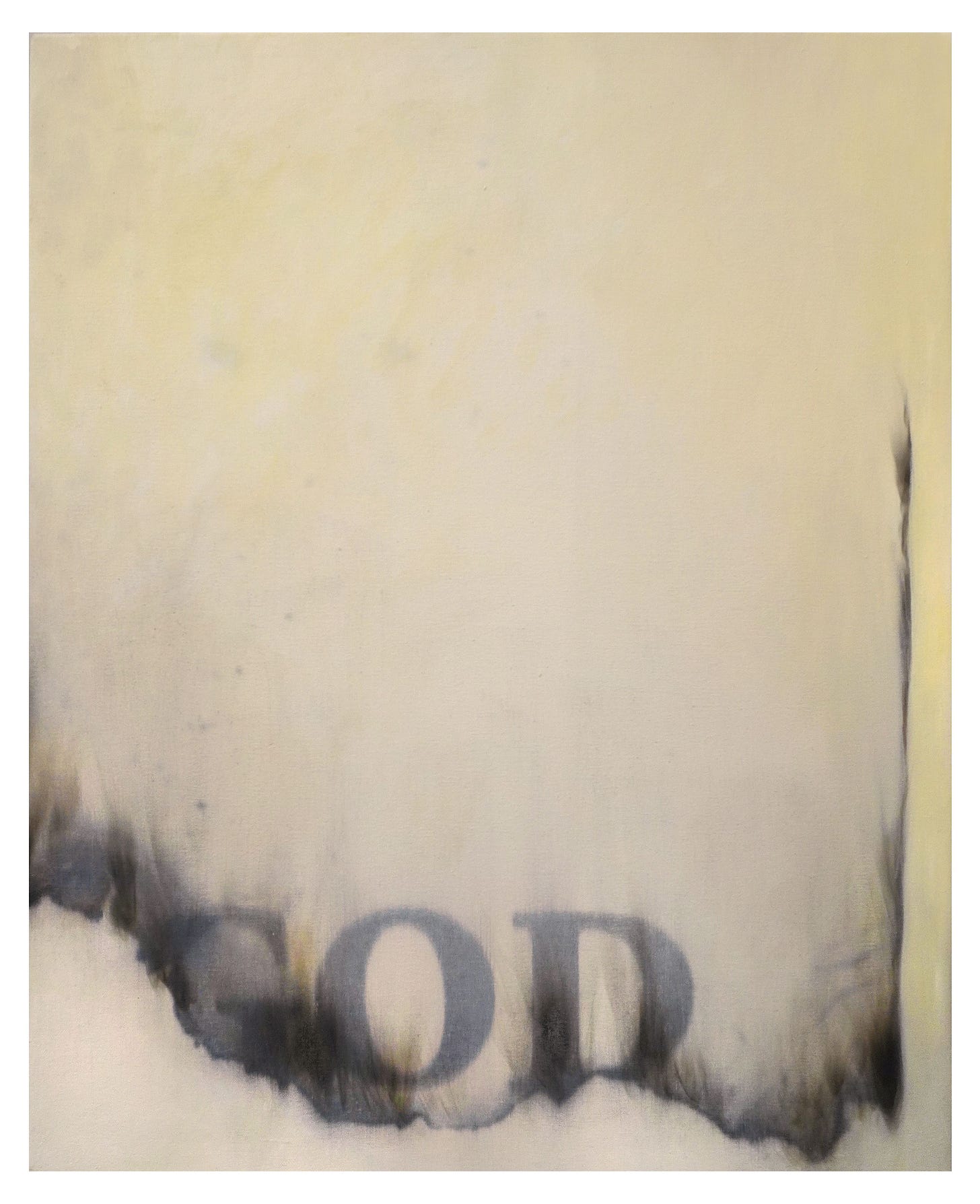City Life
Vienna will hold state and local elections this weekend which are expected to reaffirm the Social Democratic Party's dominant position in Viennese politics

Servus!
On Sunday, Vienna will hold state and local elections to elect a new city council as well as district councils in Vienna’s 23 districts. In 2024, Vienna became a city of two million people for the first time in a century. Austrian citizens resident in Vienna are eligible to vote in statewide elections, while EU citizens living in the Austrian capital can also participate in local elections at the district level. The NGO SOS Mitmensch estimates that more than 610,000 Viennese residents will be ineligible to vote on Sunday, a reflection of the capital’s fast-changing demographics and Austria’s restrictive citizenship laws.
State and local elections were not due in Vienna until October, but in early January in the context of coalition negotiations between the far-right Freedom Party (FPÖ) and conservative People’s Party (ÖVP), mayor Michael Ludwig of the center-left Social Democratic Party (SPÖ) in coordination with his coalition partners, the liberal NEOS, called early elections, moving the vote up to April. The SPÖ and NEOS had hoped to take advantage of the dichotomy between a right-wing government at the federal level and a left-liberal coalition in Vienna, playing the one off against the other. Instead, Ludwig finds himself with an ÖVP-SPÖ-NEOS coalition at the federal level, one to some extent of his own making, forcing him to run a somewhat different campaign.
“It’s about Vienna” is the SPÖ’s slogan now—in other words, ignore what’s happening at the federal level and focus on what’s happening here: in your city, in your neighborhood, in your schools and hospitals. The SPÖ has set itself a target of winning 40 percent of the vote, which remains within the realm of possibility, though it’s going to be close. The latest numbers show the SPÖ on 39 percent, the FPÖ on 21 percent, the Greens on 12 percent, the ÖVP on 11 percent, and the NEOS on 10 percent. This result would leave the SPÖ in the dominant position it has held in city politics for decades, and make the Greens, ÖVP, and NEOS possible coalition partners for Ludwig1.
The SPÖ’s campaign strategy is a safe if sensible ploy. In 2024, Vienna was named the world’s most livable city for the third year running by the Economist Intelligence Unit as part of their Global Livability Index study. The Austrian capital beat out Copenhagen, Zurich, and Melbourne to hold the top spot, and scored full marks for stability, healthcare, education, and infrastructure; “its score for culture and environment was a less-perfect 93.5, owing to a lack of major sporting events,” EIU said. For all the Viennese like to complain about their city—and complain they surely will—fundamentally, Vienna remains a great place to live.
The challenge for the next city government will be maintaining that standard of living in the context of Austria’s weak economic outlook and budget consolidation at the federal level, which will likely impact budget distributions from central government down to the states, putting the squeeze on Vienna. Rents in the private sector have exploded over the past five years; in addition to the rent price freeze at the federal level, Vienna needs to keep building out its housing stock to drive down prices. It’ll also need to invest in its hospitals and schools, the latter of which are overcrowded and struggling with the challenge of educating and integrating a whole host of children for whom German is not their first language.
Public safety has been a hot topic in this election campaign, not because crime is in fact on the rise—the statistics don’t bear that out—but because, in certain districts, people feel as if they are not safe, which is a harder thing for city government to deal with. It may need to expand the use of alcohol and weapons bans and beef up police presence. Vienna’s next government might also hope that immigration and entitlement reform at the federal level will disincentive Vienna as a destination for asylum seekers and lead to their more even distribution throughout the country. Vienna has always been a city of inward migration—from Austria and abroad—but with two million people living here, there’s a question of how much its budget and infrastructure can handle.
Bis bald!
Thank you for reading The Vienna Briefing. Nothing beats a personal recommendation; if you know someone who would be interested in reading this newsletter, consider sharing it with them today.
The Vienna Briefing is a reader-supported publication. Your one-time or monthly tips make my work on this newsletter possible and help keep The Vienna Briefing free for everyone.
Vienna’s Jewish Museum celebrates its 130th birthday this year, and for the occasion, it has taken on a no-smaller subject than god in its new exhibition, “G*d. Reflections between Heaven and Earth.” Adopting a thematic approach to its subject, the exhibit uses 72 objects to address and elucidate a series of elemental questions: What is god’s name? Where does he live? What does he do? And, how do we reach him?
By punching a central axis though the exhibition space and painting each room a subtly different shade of blue, “G*d.”’s designers have created a unity of subject as well as a certain communion between the items on display, which include a 300-year-old reconstruction of Solomon’s Temple built for an operatic production—on show abroad for the first time—and a new work, “GOD,” by the artist Nir Hod, commissioned especially for the exhibition. “G*d. Reflections between Heaven and Earth” runs at the Jewish Museum Vienna until October 5.
Due in part to the political dynamics at the federal level, I would expect Ludwig to go for a coalition with either the ÖVP or NEOS as opposed to the Greens.



